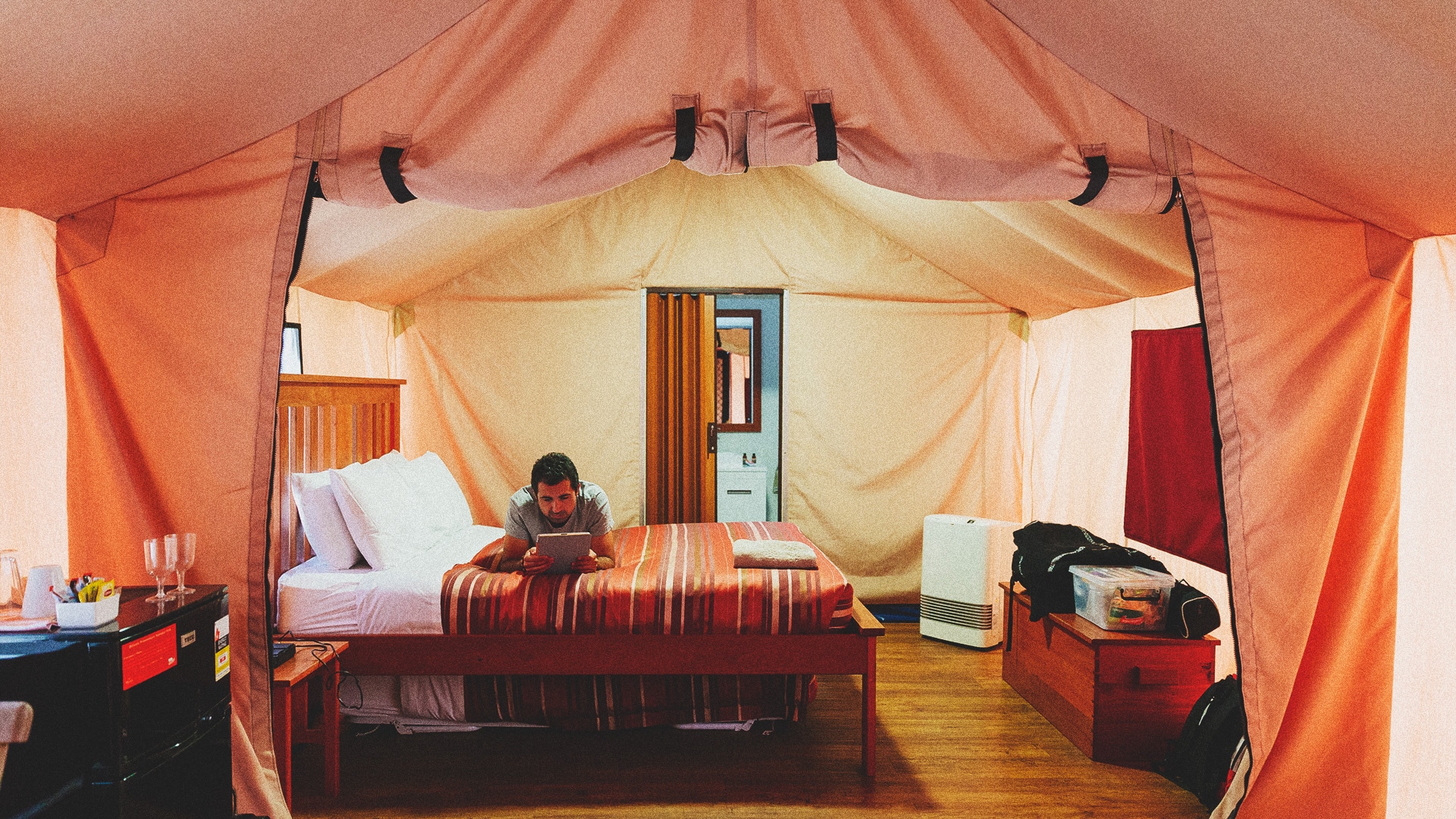What to Do With All That Time Off?
Picture this: you’ve been with the same employer for many years and they want to reward your loyalty with the recharge of a sabbatical. Typical sabbaticals can last anywhere from 1-6 months in length, for the sake of this article (and because I’m a teacher that is on sabbatical every summer) we will plug in a 3-month sabbatical.
You are floored by this opportunity until you look at your bank account statement and remember that you are on a strict budget and don’t have the money for a lavish European vacation. Be encouraged! And read on to discover ways that you can sabbatical on a budget.
What is a sabbatical?
A sabbatical is defined as a break or change from a normal routine (usually from employment). It has biblical roots in the form of a sabbatical year, which occurred every seventh year during which the land remained uncultivated, except to the poor, stranger, or beast. In modern times Sabbaticals are used for various purposes by employers, churches, and schools to reward loyalty or to allow time for rest, travel, research and a renewed focus.
Some churches offer their pastors a three-month sabbatical for every seven years of service, which provides opportunities for ministers to visit other congregations, audit Seminary classes, write books, perform acts of service, and visit the Holy Land during this time off. Churches feel ministers need an occasional “re-boot” to care for the needs of its members and to develop fresh, relevant content for their sermons.
Corporate America has also caught on to the “sabbatical concept” due to the productivity benefits it brings to the work environment, and it has become more common to offer sabbaticals to their employees. Adobe Systems, which ranks #26 on the Fortune 100 Best Companies To Work For, offers employees a sabbatical for every five years of tenure, lasting four to six weeks depending upon the length of employment. The Adobe Life Blog documents inspiring ways in which their employees have used their sabbaticals, including volunteering at an orphanage in Guatemala and building houses in Romania.
Time to reconnect
There are a few common traits needed to achieve restoration for a sabbatical, especially one on a budget. First, there needs to be some time built in for introspection to reconnect with your life’s purpose. Ask yourself if you are living in line with your values. If the answer is no, what changes need to be made to get things back on track? Journaling, performing a strength finder test/assessment and asking others to give you honest feedback can be helpful. One area on which I plan to focus during my summer sabbatical is to adopt a low-tech life, including taking a technology “break”.
I confess that I often feel the pull to check my phone, and this constant pressure to be productive affects my ability to be truly present around others. My goal is to place the phone in the drawer each night (instead of on my nightstand), use a traditional alarm clock to wake up, check the weather by stepping outside (instead of checking the weather app first thing), having fewer appointments and meetings on the calendar, and having only a few check-in points throughout the day to answer texts, emails, and return calls.

Time to adventure
The second objective of an effective sabbatical on a budget is restoration through local adventure; you get the opportunity to become an expert on your local scene! In Dallas-Ft. Worth, where we live, activities span across two major cities, so planning is important. We try to begin the day with outside time in the form of a walk, bike ride, or simply playing in the front or backyards. Our family often enjoys morning dog walks to one of our local parks where the kids enjoy the playground equipment and the parents take turns spending peaceful moments studying the Bible or having special prayer time, reading a book, and journaling.
Our middle of the day outing is typically more planned out and often involves something indoors or by water to take a break from the Texas heat. We have enjoyed trips to the local library, the Farmer’s Market, indoor play structures at various churches, a visit to the Perot Museum during one of the Bank of America Museum on Us Days, a day trip to a local lakes with a kayak/stand-up paddleboard rental, and play time at the dog park.
Our evenings are typically spent with a family meal and an evening dip at the local pool. We have also enjoyed free outdoor movies, affordable minor league baseball games, grill nights with friends, and even date nights at the dollar theatre. Our children are still young, so we also switch off giving the other person a break by allowing for occasional girl’s night/ guy’s night activities.
Time to travel
At some point during your sabbatical, it is a good idea to achieve restoration by taking a trip. The main expenses related to your trip are the travel/commute costs, lodging, food, and adventure. Staying within a few hours of home and driving your own vehicle is always the cheapest option, but some may have to spend a little bit more on a car rental. Once you arrive at your destination, you may be able to return the car and rely on public transportation, a bike rental, and the occasional Uber ride.

Next, you must budget for lodging and ways to keep costs down include camping, glamping, Airbnb, couch surfing with friends/family, and WWOOF-ing. Two sabbatical summers ago, my younger brother and I went to Austin and kept costs low by splitting the expense of an Airbnb pool house rental; we were given access to a pool table, dart board, and even their pool for around $100 per night! If the budget allows, you may consider a longer trip to a destination location, which can be achieved on the cheap by travel hacking, buying a last minute discounted vacation package, or taking advantage of a house swap.
As for food and dining, there are several methods for eating well on the cheap. A few examples which we have practiced during our summer sabbaticals are intermittent fasting in the morning (for the adults), batch cooking on the grill or in the crock pot, preparing simple ingredients for lunches, eating leftovers for lunch, and taking advantage of happy-hour specials when a restaurant is the best option.

Time to serve
We have already discussed ways to have adventures on a budget but another worthwhile way to spend your sabbatical is by serving others. Organizations such as Habitat for Humanity allow for short-term involvement, local shelters need helpers during non-holiday times, and local churches and schools will be happy to direct you to many ways that you can volunteer your time.
You are now ready to accept your employer's generous sabbatical offer! You have been given several possibilities for how to spend your time and overall you know to focus more on restoration and less on productivity. Now turn off your technology, break out the journal, and have a blast planning your next three months!
Disclosure of Material Connection: Some of the links in the post above are “affiliate links.” This means if you click on the link and purchase the item, we will receive an affiliate commission. Regardless, we only recommend products or services we use and believe will add value to our readers. We are disclosing this in accordance with the Federal Trade Commission’s 16 CFR, Part 255: “Guides Concerning the Use of Endorsements and Testimonials in Advertising.









